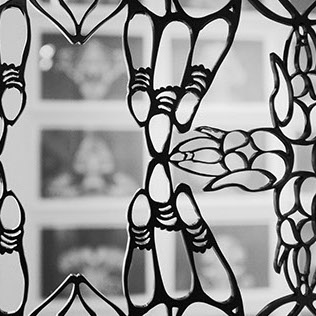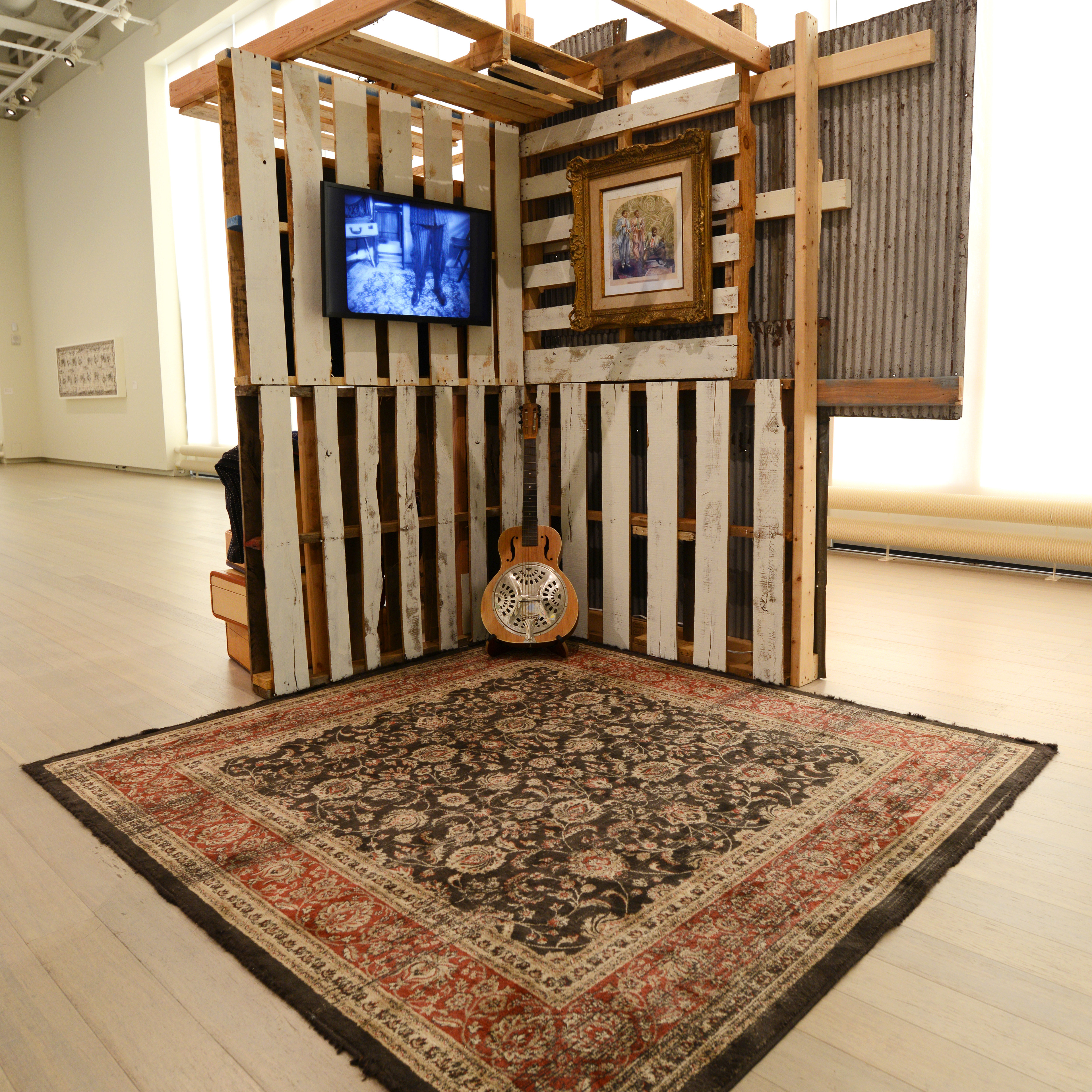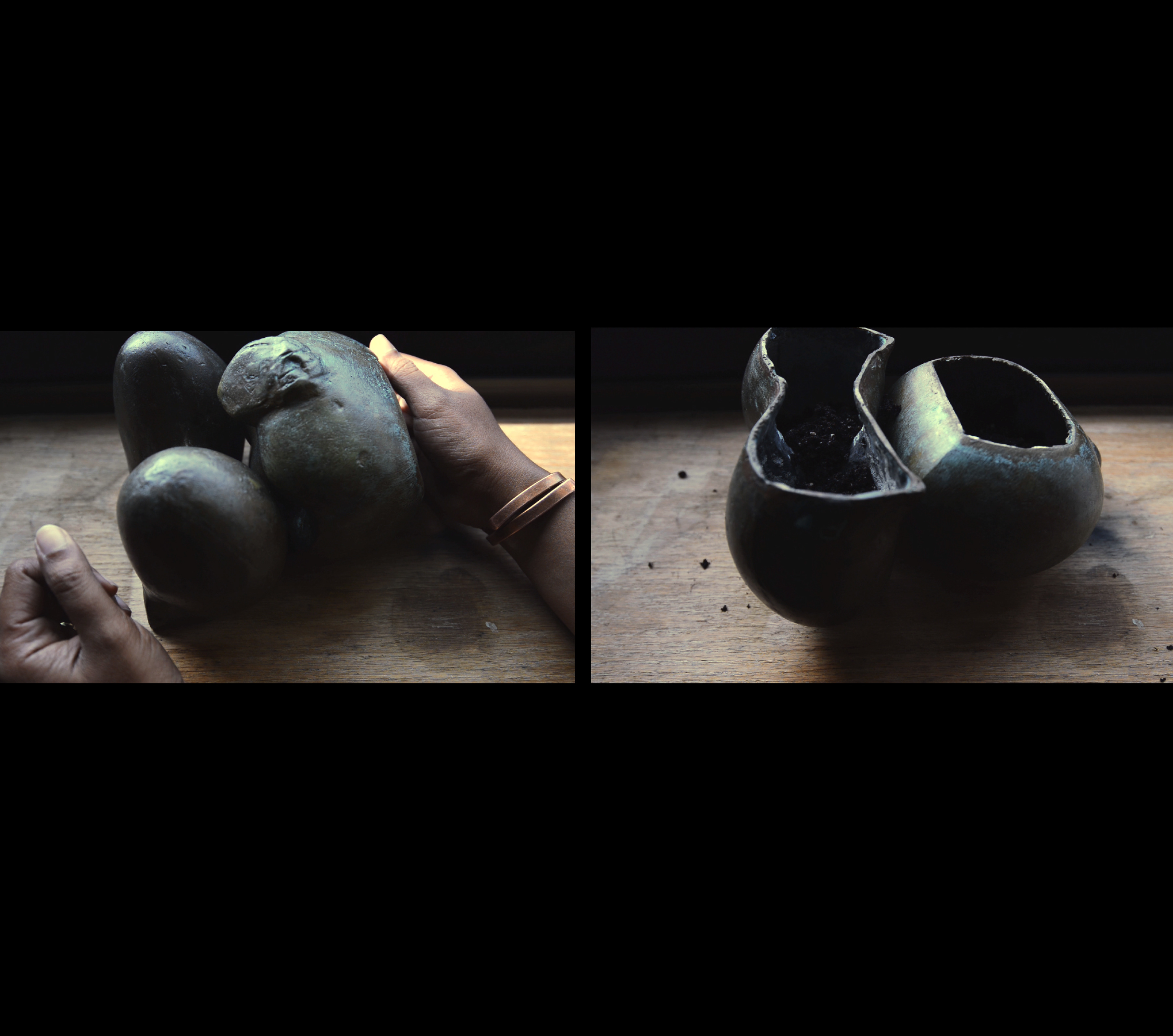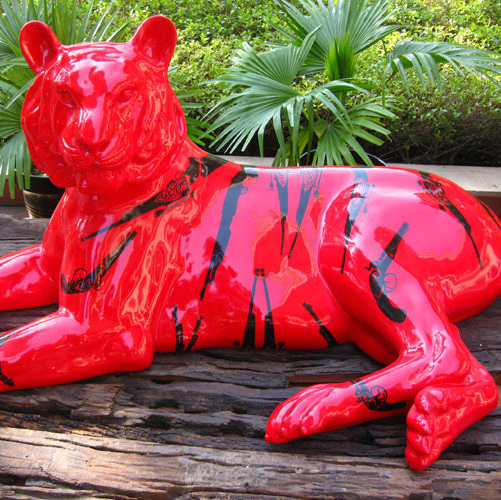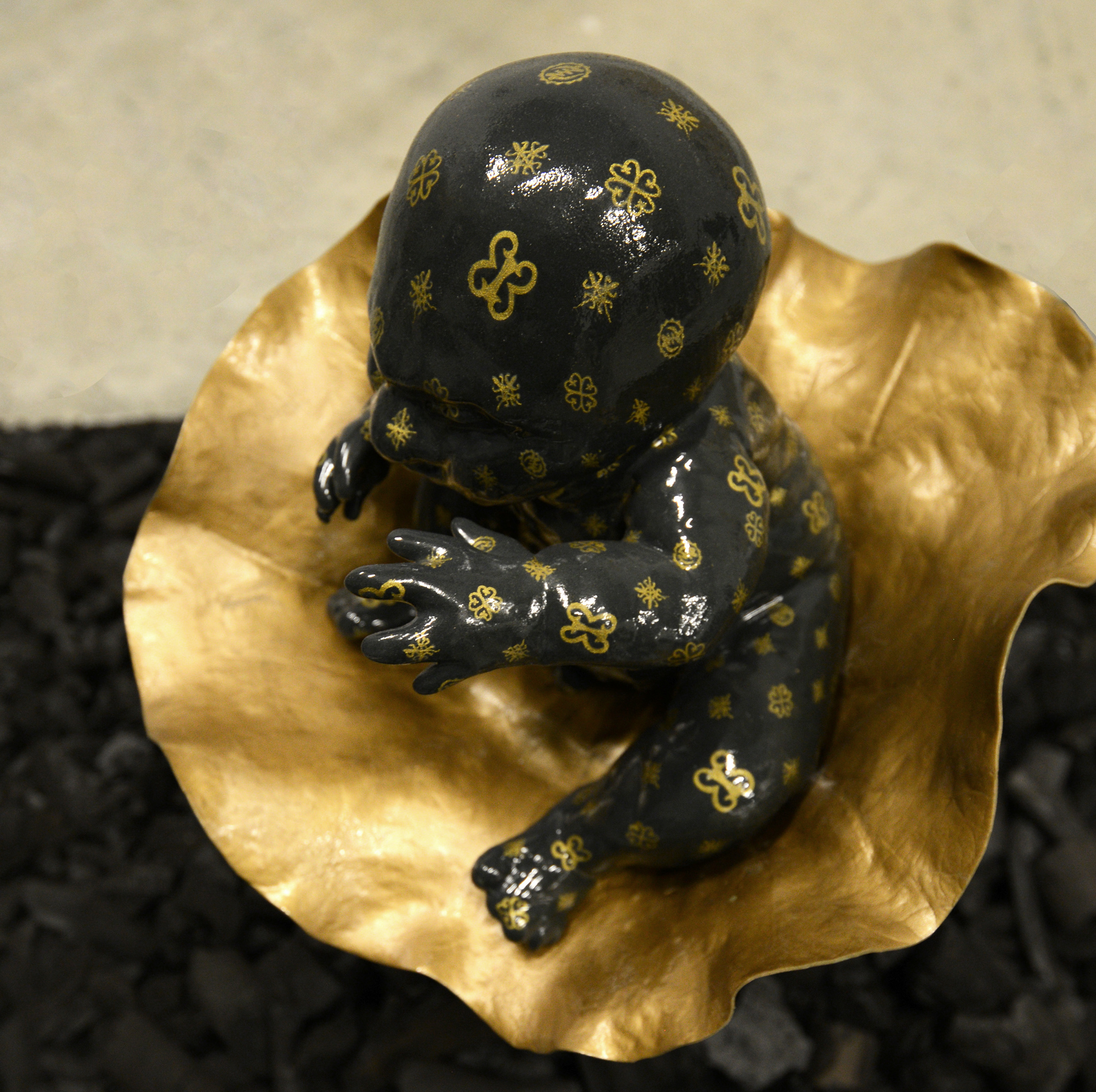2019
Site-specific installation
Knockdown Center, Queens, New York
Knockdown Center, Queens, New York
Curated by Alexis Wilkinson
Pigeonhole: The Life and Work of Bobby Alam, is a multidisciplinary portrait of Bahauddin “Bobby” Alam, a Bengali peddler and sailor who arrived in the United States in 1918 and lived as a Black jazz musician in New York and New Orleans. The exhibition memorializes Alam’s career and explores his personal navigation of an especially precarious period in American history, prompting a reflection on the complexities of racial passing as a means for marginalized people to circumvent violence.
To pigeonhole someone is to assign them to a restrictive category that flattens out the complexities of identity, typically based on stereotypes. Through a purposeful selection of memorabilia that builds Alam’s identity, in addition to multiple layers of “pigeon coop” structures within the installation, the exhibition engages with aspects of stereotyping that Alam was subject to, ultimately bringing into focus the ways in which he escapes one pigeonhole by inhabiting another. Alam is a composite of historical realities and imagined truths. His persona is culled from the unwritten experiences of Bengali sailors who passed as Black in the early twentieth century, settling into communities of color in order to bypass anti-Asian immigration laws in the United States. These histories are deployed to bring to light the ways in which passing can function as a strategy for survival.
The installation portrays Alam’s dressing room, rehearsal space, and performance stage in the kind of backroads juke joint where he would have spent his evenings constructing and performing his adopted identity. The space is composed of wooden pallets and corrugated metal – materials reminiscent of early twentieth century juke joints that also echo Knockdown Center’s own architecture. Objects within the installation highlight Alam’s life and career as a musician: a zoot suit embellished with Indian kantha-style embroidery, old handbills and concert posters, musical com- positions, video documentation from Alam’s rehearsals, and private recordings. Clues within each of these objects reveal, upon close reading, the staged and dual nature of Alam’s identity, which subtly trespasses the lines between reality and fiction. As a whole, the installation draws parallels between the performative aspects of his life and career, and the invisible and visible forces that influence and define identity, illuminating the constructed nature of racial (and other identitarian) categories.
Over the course of the exhibition, contemporary musicians inspired by Alam take the stage and perform live, enabling the past evoked by the installation to live once again, while resonating with Knockdown Center’s function as a music venue. Additional elements of the exhibition extend into Knockdown Center’s outdoor spaces, restrooms, and bar.

